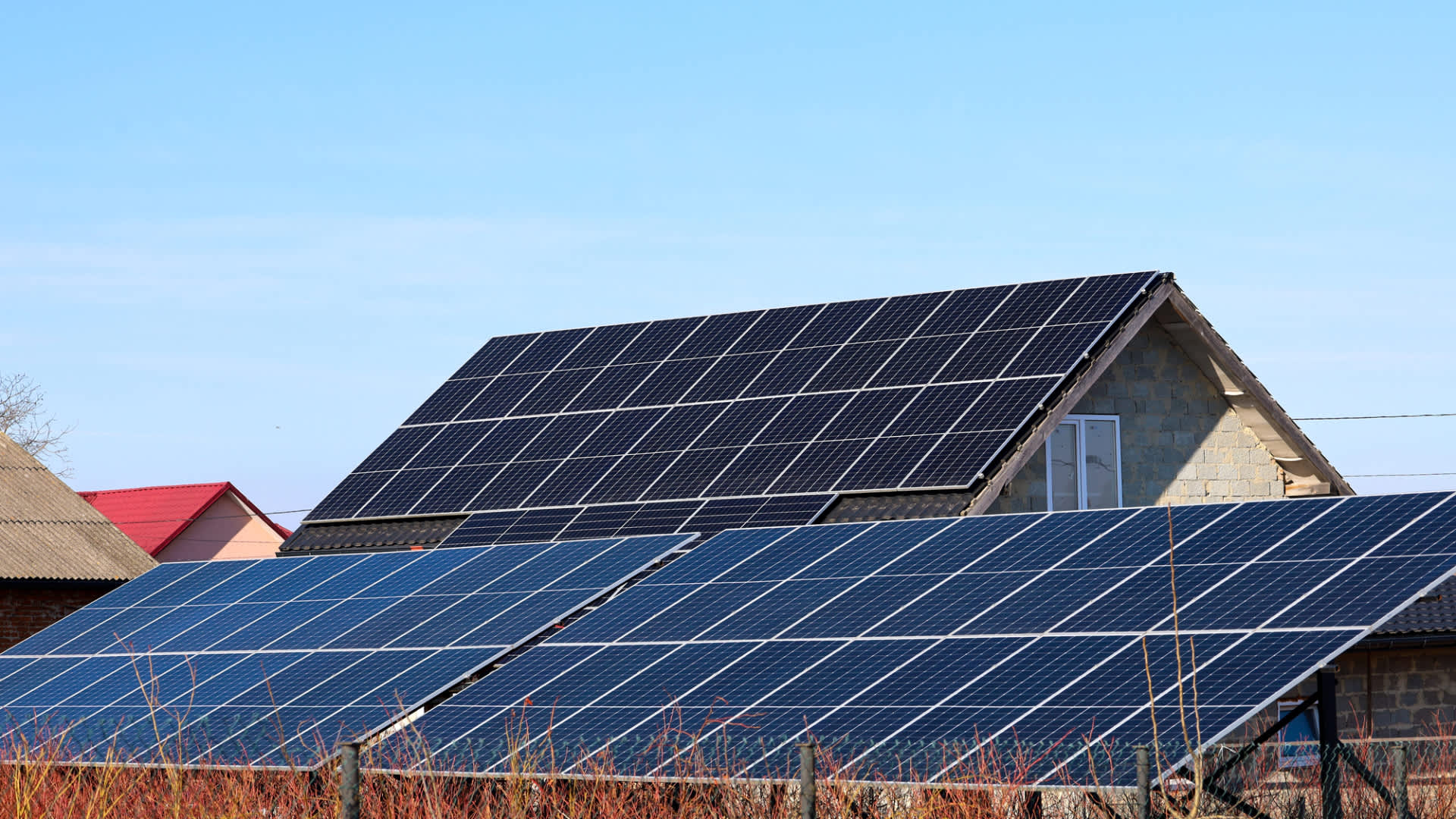cross-posted from: https://slrpnk.net/post/24690127
Solar energy experts in Germany are putting sun-catching cells under the magnifying glass with astounding results, according to multiple reports.
The Fraunhofer Institute for Solar Energy Systems team is perfecting the use of lenses to concentrate sunlight onto solar panels, reducing size and costs while increasing performance, Interesting Engineering and PV Magazine reported.
The “technology has the potential to contribute to the energy transition, facilitating the shift toward more sustainable and renewable energy sources by combining minimal carbon footprint and energy demand with low levelized cost of electricity,” the researchers wrote in a study published by the IEEE Journal of Photovoltaics.
The sun-catcher is called a micro-concentrating photovoltaic, or CPV, cell. The lens makes it different from standard solar panels that convert sunlight to energy with average efficiency rates around 20%, per MarketWatch. Fraunhofer’s improved CPV cell has an astounding 36% rate in ideal conditions and is made with lower-cost parts. It cuts semiconductor materials “by a factor of 1,300 and reduces module areas by 30% compared to current state-of-the-art CPV systems,” per IE.



I’m not sure what to think about the Fraunhofer institute in general. They have made some nice discoveries/inventions in the past, such as audio compression algorithms and such. That is why i hyped them for a bit.
But they really disappointed me with their writings on solar panels in the past few years.
They said that the efficiency of solar panels today is too low to deploy them widely in practice, which is simply not true. They tried pushing Perovskite solar cells for no reason.
I’m not sure what to think about this article’s idea. On one hand, adding lenses to solar parks makes them significantly more complicated and therefore expensive to build. Also, if the parks have complicated physical forms, they’re more susceptible to wind, and that could damage them.
On the other hand, yes, adding lenses means you need fewer actual solar panels for the same amount of energy harvested.
I’ll therefore put it in the category of inconclusive inventions, together with the idea of adding a motor to the solar panels so they can track the sun. That would also make the solar panels more efficient, but also more complicated and more prone to mechanical failure.
I’d like to know what they’re going to do about the heating issue. Concentrating solar radiation carries with it an increased heat load. And heat reduces solar PV efficiency. I’m already losing about 30% in summer when the panels heat up.
This was my first question too! I thought heat makes them wear out faster.
It does. Also seems weird nobody thought of a magnifying glass before.
But its also the beauty in science. Now somebody else thought about it, and they might work harder to fix the next problem: Heat.
If that gets better now, solar panels will increase in output even more. There are so many technologies going into one product, and each field have its own experts.
I’m excited.
They probably did, but like they said, the heating is probably the issue.
I can see them adding a cooling element. Maybe even water cooling.
If they could implement water cooling, and then use the heated water in a central heating station for house warming, it would be genius.
That’s also an idea that’s been around for a while. Pre-heat your hot water system input, thus reducing the load on whatever you use in your HWS, gas, electric, or other. I’ve not seen it implemented though, presumably it’s quite a manufacturing problem, bonding water pipes to the back of PV panels, secure interconnects, pressure relief valves, etc. It would have a significant effect on the price of a PV panel, and the efficiency increase would need to justify it.
well, adding lenses kinda requires motorizing the panels to track the sun, right? otherwise the “hot spot” is going to move around across the day/year
is there a way to shape the lens to mitigate this?
You make them convex.
You can shape them that no matter how the light falls on it, it will align to the center. Kind of like how satellite dishes work but in reverse.
how do you do this, actually? I’m curious about the details because I just watched a video on compound parabolic reflectors, haha
a regular (ideal) convex lens with a single focal point will have the image move around as the light source moves across the sky. AFAIK satellite dishes tend to be paraboloids, which focus parallel rays onto the focal point, and if you change the angle of the light source, you’ll start losing focus. Stuff like the DSN and radio telescopes absolutely do have to aim and track their targets (or are forced to follow the rotation of the earth).
satellite dishes that are aimed towards geostationary satellites don’t have to move (because their targets are stationary in the sky), while stuff like starlink tracks targets with a phased array.
Could have some refraction or hologram thing that bends the light the right way, maybe? Or like a matte glass that equalises the load.
Or why not just use (big) mirrors?
Won’t help with heat ofc!
I mean, this is a thing with solar concentrators already, haha
and for those the heat is a feature :p